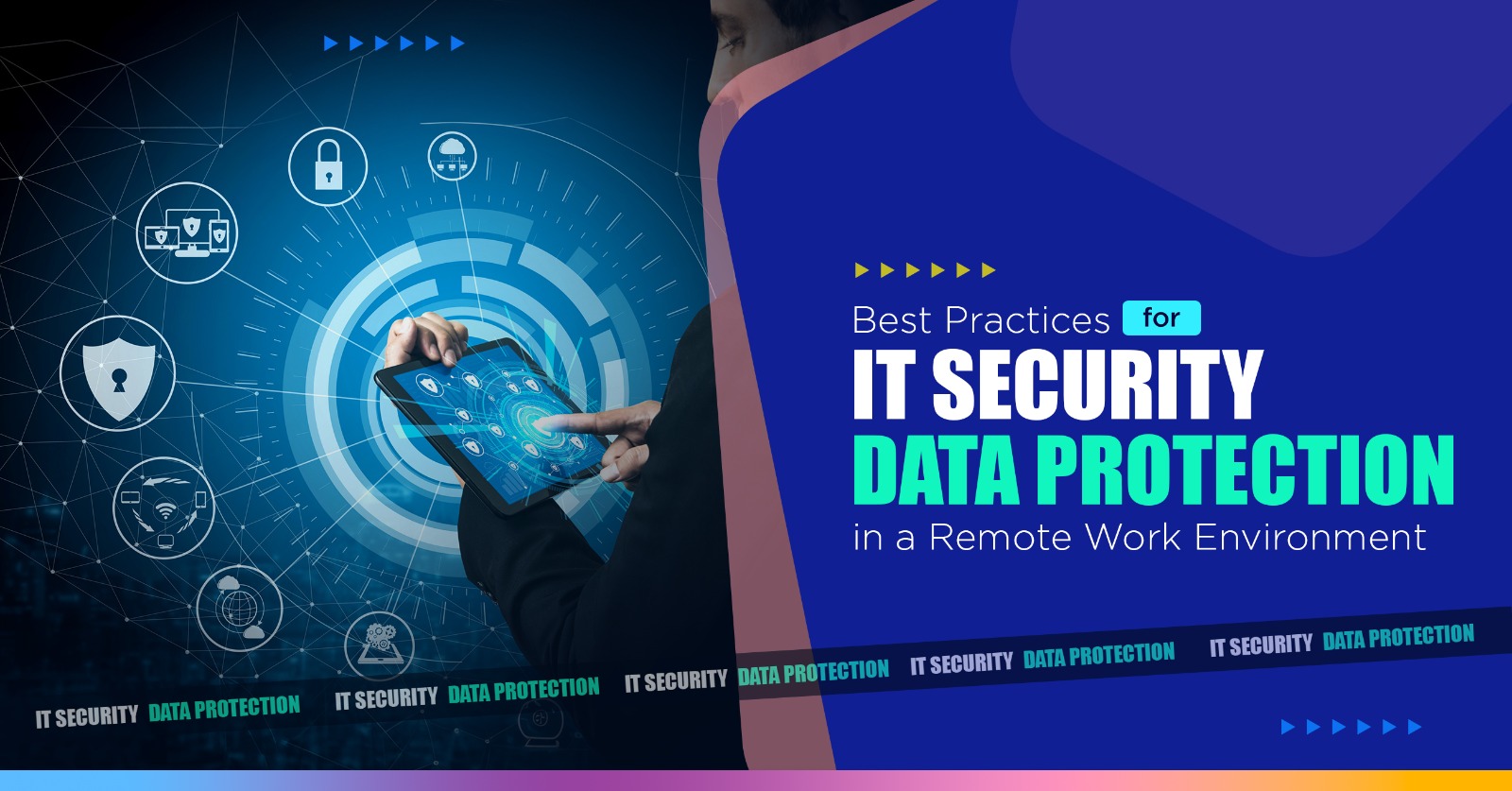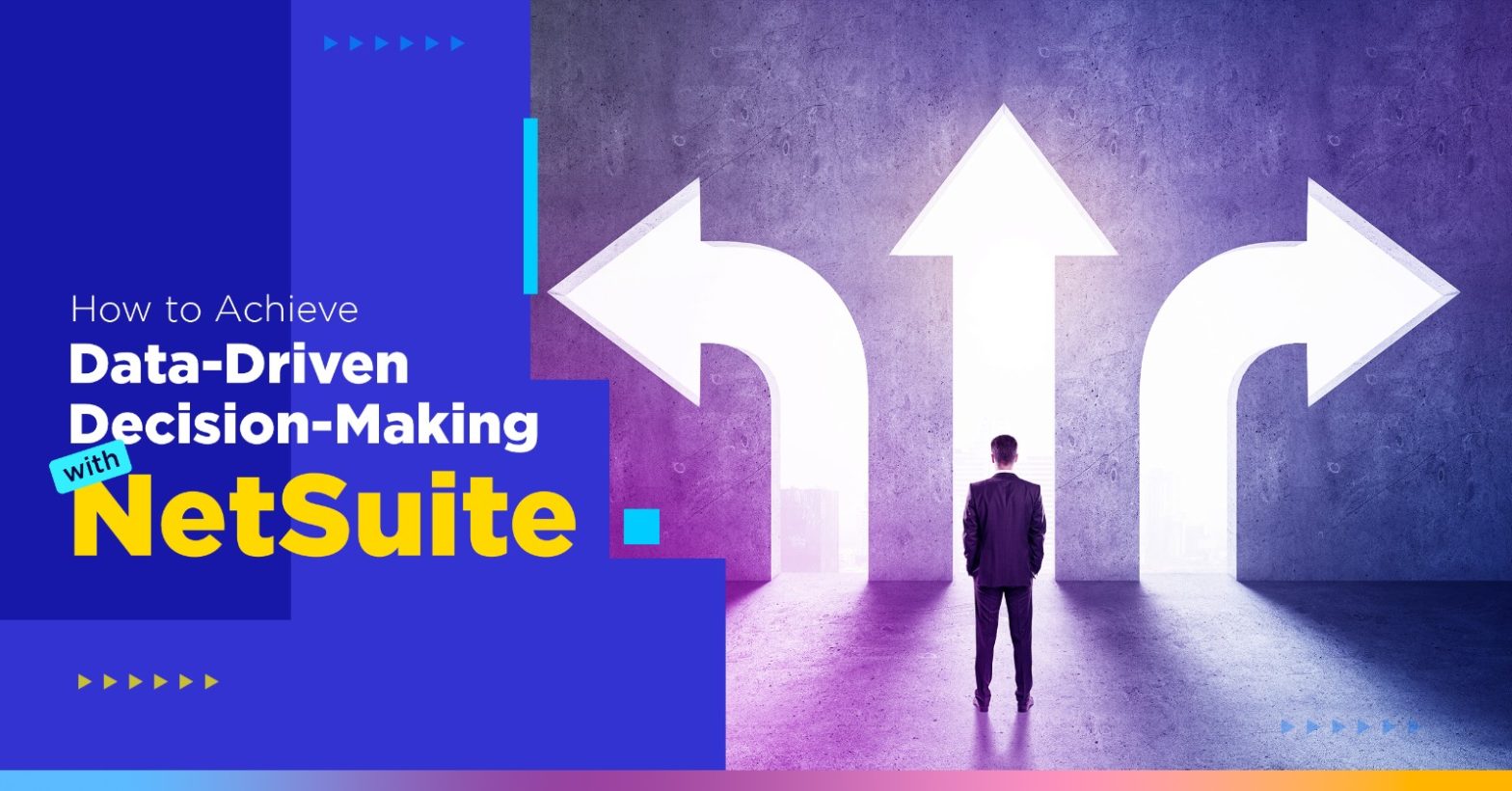Best Practices for IT Security and Data Protection in a Remote Work Environment
Posted On July Wednesday 19, 2023

Based on the latest stats, the size of the remote/mobile workforce has been projected to surpass 94 million by 2024.
This figure represents an increase of 15 million workers since the year 2020. From what I have observed so far, this growth has been stimulated by the COVID-19 pandemic, rising fuel costs, environmental concerns, and also personal choices. Employees with jobs varying from C-suite executive decision-makers to data entry clerks are working remotely at least for some part of their working day.
This scenario makes the process of trying to protect a company’s IT environment and data assets more complicated. IT security professionals are finding it very difficult to cope with trying to support a mobile workforce combined with the threats posed by cybercriminals.
Effective Steps for Data Protection in a Remote Work Environment
The need of the hour is a methodical approach to address the issue of cybersecurity in remote work environments. The following measures should help any business that has a mobile workforce to protect its valuable data resources – read on.
- Develop a comprehensive cybersecurity policy
The very first step organizations need to take is to create a comprehensive cybersecurity policy. An organization needs to document how the employees should maintain as well as handle private and sensitive data. Employees should be trained to review the policy periodically and verify that they understand its details. The security policy needs to be updated often to replicate the changes in the environment and emerging threats.
- Employee training
One of the most common errors is human error which is responsible for a huge amount of data breaches. The frequency of human error can be minimalized with security-focused employee training. The training should comprise a review of the organization’s cybersecurity details and policies. Employees, especially the ones at entry and junior levels, need to be trained on identifying phishing emails that try to lure them into revealing their login credentials. Workers also need to understand the risks of trying to access company systems via personal devices, using unsecured internet connections and using simple passwords. Efficient employee training can decrease the possibility of cybercriminals gaining access to a company’s network.
- Use secure Internet connections
Organizations should make sure that remote workers always use secure Internet connections. All members of the mobile or remote workforce should be required to use virtual private network (VPN) software at the least.
- Enforce zero trust network access (ZTNA)
Zero trust network access is a method in cybersecurity that assumes that every connection is unsafe until proven to be legitimate. Nothing outside or inside the network should be treated without authentication and verification. A zero-trust mindset is appropriate in any computing environment but has improved utility when used to secure a remote workforce.
- Password Management
When it comes to securing sensitive enterprise data, using passwords is at the top of the list of authentication methods that comprise certificates, biometrics, tokens, and keys. While passwords are the most obvious choice due to their binary nature, they are also susceptible to risks. Some measures for password management that an organization should take are:
- Develop an inventory of all essential administrative accounts that hold high-level privileges or offer administrative access to store them in a safe location. Ensure that the accounts are encrypted with strong algorithms, for example, AES-256.
- There needs to be strong password policies for privileged accounts, frequent password resets, and selective password sharing based on the POLP.
- Access to privileged credentials needs to be controlled by implementing granular restrictions for all users.
- An IT head’s approval for each password access request should be the mandate.
- Enable retrieval of passwords only for genuine users who have passed multiple stages of authentication.
- The password usage by third-party vendors and contractors should be on a selective basis.
- Endpoint Security
Endpoint security is cybersecurity’s frontline and is one of the first places that organizations look to safeguard their organization networks. With endpoint security, data and the workflows associated with the single devices that connect to a network are secure. Endpoint protection platforms (EPP) work by inspecting files as they enter a network. Modern EPPs leverage the power of the cloud. The EPP offers system administrators a centralized console, that is installed on a server or network gateway and allows cybersecurity professionals to control the security of each device remotely. Once the EPP is set up, it can quickly identify malware and other threats.
- Privilege Access Management (PAM)
Privileged user accounts within organizations are high-risk targets for attackers as they have high-level permissions ability to modify settings while also having access to confidential data. If this data is compromised, an organization could face dire consequences. Thus, such accounts pose major security risks to businesses as attackers are always seeking access to sensitive data.
Deploying a Privilege Access Management (PAM) system is the best solution that helps with security issues with regard to privileged user accounts. PAM is the combination of tools and technology used to secure, manage, as well as monitor access to an organization’s critical information and resources. A PAM system acts as a firewall and is the best way for an organization to protect itself against external threats by stopping malicious parties from being able to access sensitive corporate data using privileged internal accounts. PAM software and tools work by collating the privileged accounts’ credentials into a secure repository to isolate their usage and log their activity. PAM tools and software typically offer the following features:
- Multi-Factor Authentication (MFA) for administrators.
- An access manager that stores permissions and privileged user information.
- A password vault that stores privileged passwords.
- Session tracking as soon as privileged access is provided.
- Dynamic authorization abilities – for example, only granting access for specific periods of time.
- Automated provisioning and de-provisioning to reduce insider threats.
- Audit logging tools that help organizations meet compliance.
Wrapping Up
The need for IT security measures is astonishing, especially if an organization is going to employ staff who are going to be working remotely. Providing employees access through a VPN or encryption solution is absolutely crucial to ensure that none of your organization’s sensitive information is compromised. Enlisting the help of industry professionals to manage and structure IT security systems for an organization could indeed be the best way to safeguard your organization.

